Wildlife Conservation Strategist - Conservation Strategy Guidance
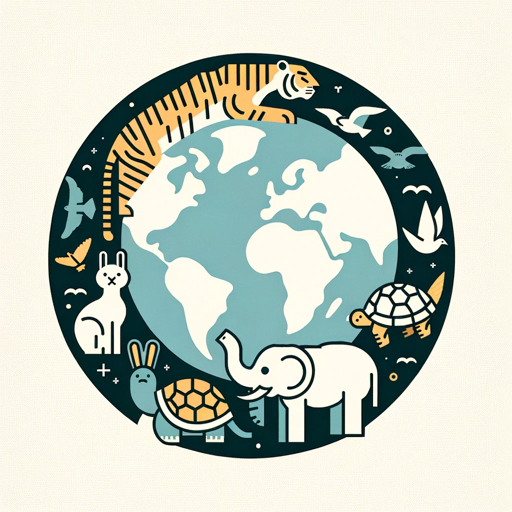
Empowering Conservation with AI
Advice on a new conservation project?
Solutions for habitat loss?
Latest in wildlife research?
Funding for conservation?
Get Embed Code
Overview of Wildlife Conservation Strategist
The Wildlife Conservation Strategist is a specialized tool designed to assist in the planning, implementation, and monitoring of wildlife conservation projects. It serves as a comprehensive resource for conservationists, providing advice on best practices, innovative strategies, and solutions to common challenges encountered in the field. The core purpose of this GPT variant is to enhance the effectiveness of conservation efforts by offering expert guidance, grounded in the latest scientific research and case studies. For example, it can suggest specific habitat restoration techniques tailored to a threatened species' needs or propose community engagement strategies that foster positive attitudes towards wildlife protection. Powered by ChatGPT-4o。

Key Functions and Real-World Applications
Project Planning and Strategy Development
Example
Designing a conservation project for the recovery of an endangered species, such as the Amur leopard, by integrating habitat restoration, anti-poaching measures, and local community involvement.
Scenario
A conservation NGO is launching a new initiative to protect the Amur leopard. The Wildlife Conservation Strategist provides a detailed plan that includes mapping critical habitats, developing community education programs, and coordinating with law enforcement to reduce poaching.
Problem Solving and Challenge Mitigation
Example
Addressing human-wildlife conflict in regions where expanding human settlements encroach on animal habitats, such as with elephants in Africa.
Scenario
A wildlife conservation agency faces increased incidents of elephant-human conflict due to habitat loss. The Strategist suggests implementing early warning systems, creating elephant corridors to safely redirect elephant movements, and organizing community workshops on coexistence strategies.
Scientific Knowledge and Trend Awareness
Example
Providing updates on the latest conservation techniques and technologies, such as the use of drones for monitoring wildlife populations and habitats.
Scenario
A university research team is studying population dynamics of a rare bird species. The Strategist offers insights into cutting-edge tracking and monitoring technologies, including satellite tagging and drone surveillance, to enhance the team's research capabilities.
Target User Groups for Wildlife Conservation Strategist Services
Conservation NGOs and Environmental Scientists
These users are directly involved in the design and execution of conservation projects. They benefit from the Strategist's in-depth knowledge on habitat restoration, species protection, and community engagement, which can significantly improve project outcomes.
Policy Makers and Environmental Planners
This group utilizes the Strategist to inform policy development and land-use planning, ensuring decisions are grounded in the best available conservation science and strategies. This can lead to more sustainable environmental policies and practices.
Educators and Students
They leverage the Strategist for educational purposes, gaining access to updated information and case studies that can enrich learning experiences and foster a new generation of conservationists.

How to Use Wildlife Conservation Strategist
Initiate Trial
Start by accessing yeschat.ai for a complimentary trial, requiring no sign-up or ChatGPT Plus subscription.
Define Objectives
Clearly outline your conservation project's goals, such as species protection, habitat restoration, or community engagement.
Ask Specific Questions
Pose detailed inquiries related to your project, including challenges, strategies, and implementation plans.
Apply Suggestions
Implement the provided strategies and solutions tailored to your conservation efforts.
Monitor and Adjust
Regularly review project progress and adapt strategies based on outcomes and new insights.
Try other advanced and practical GPTs
Chat GP Chorizo
Imaginative AI with a Sausage Twist
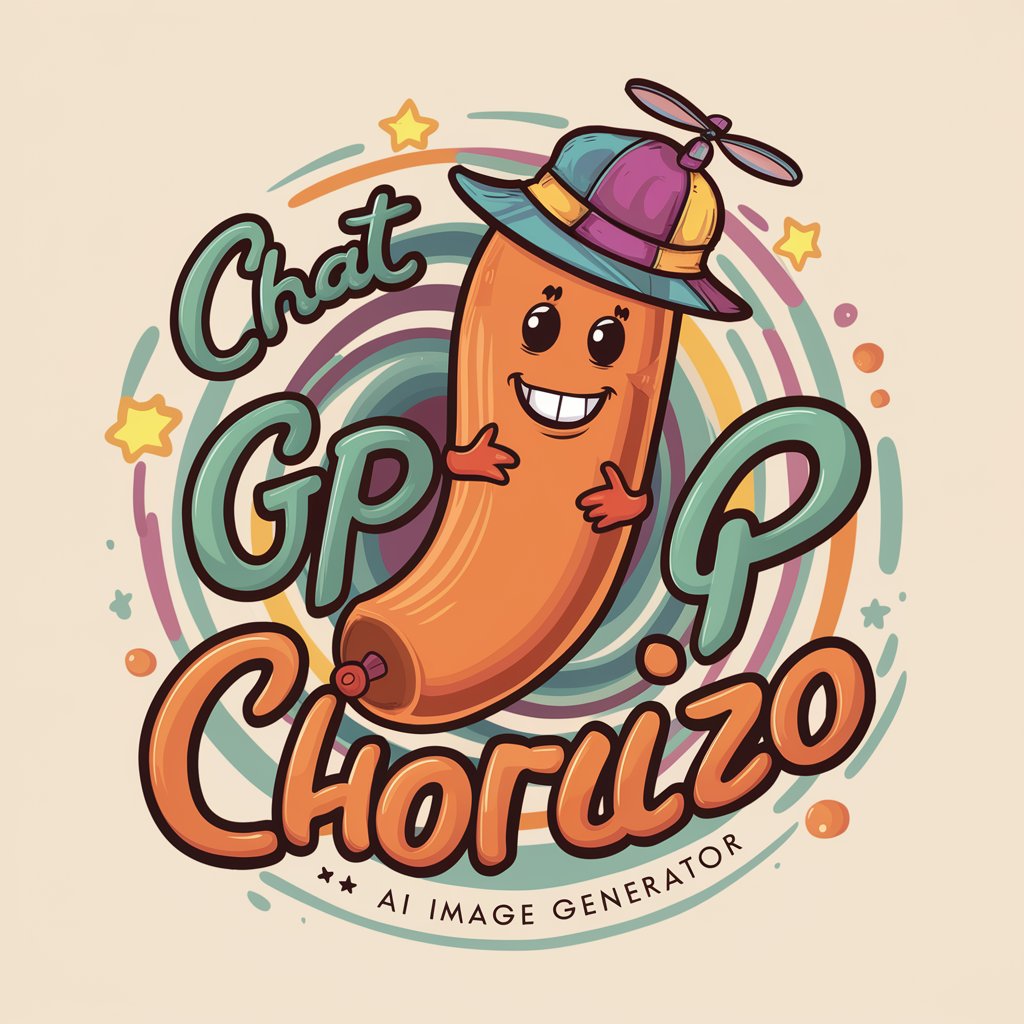
A business plan by a specialist in AI
Empowering Your Business Strategy with AI

Picpoul's Studio Goblin
Your Magical Guide in Music Production

Shadow Sketcher
Unleash Eerie Imaginations with AI Art

Glen Ridge Digest
AI-Powered Glen Ridge Concierge

Meeters
Discover Unique Experiences with AI
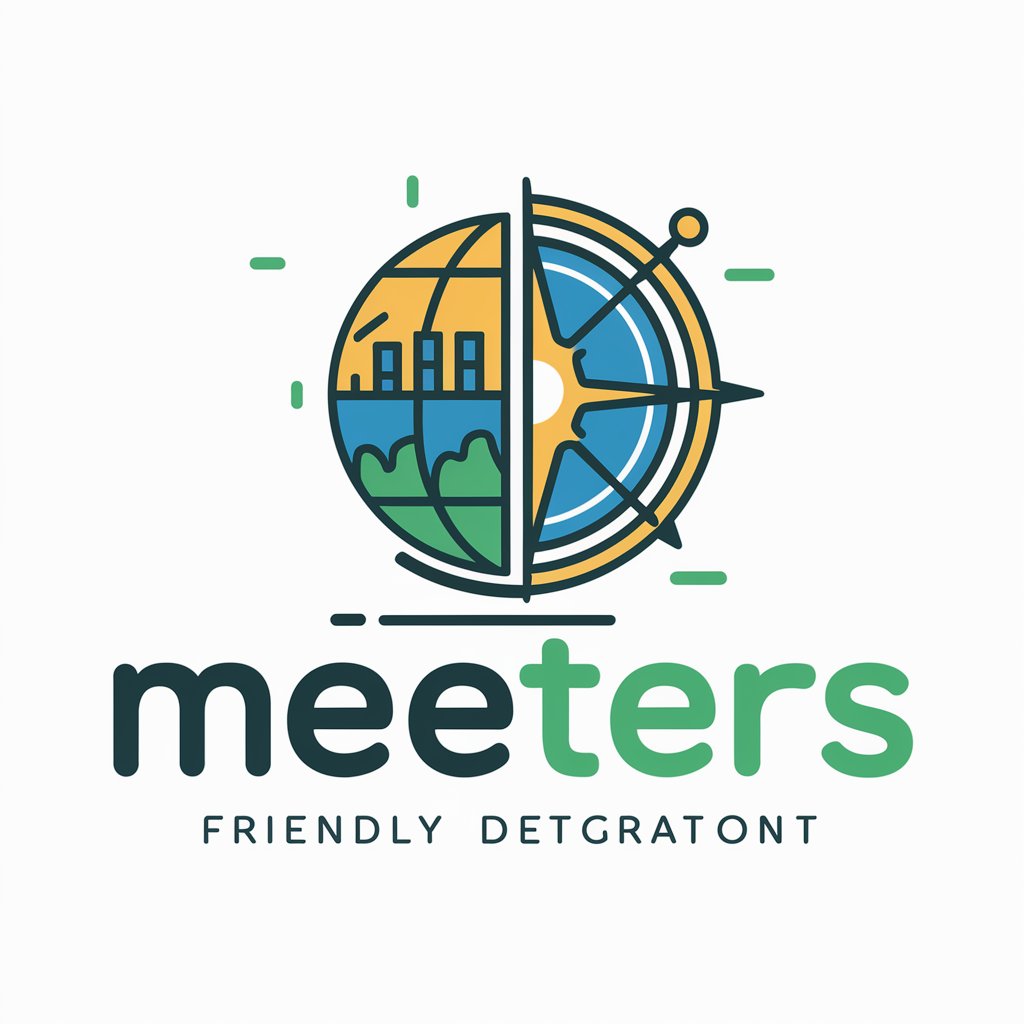
UILLE
AI-Powered, Personalized Language Tutor

Asistente de GSheets
AI-Powered Google Sheets Formula Helper

Academia de Reiki
Empowering your Reiki journey with AI

Lady Espionage: Covert Agenda
Master the art of espionage with AI

DIY Furniture Designer
Craft Unique Furniture with AI Creativity
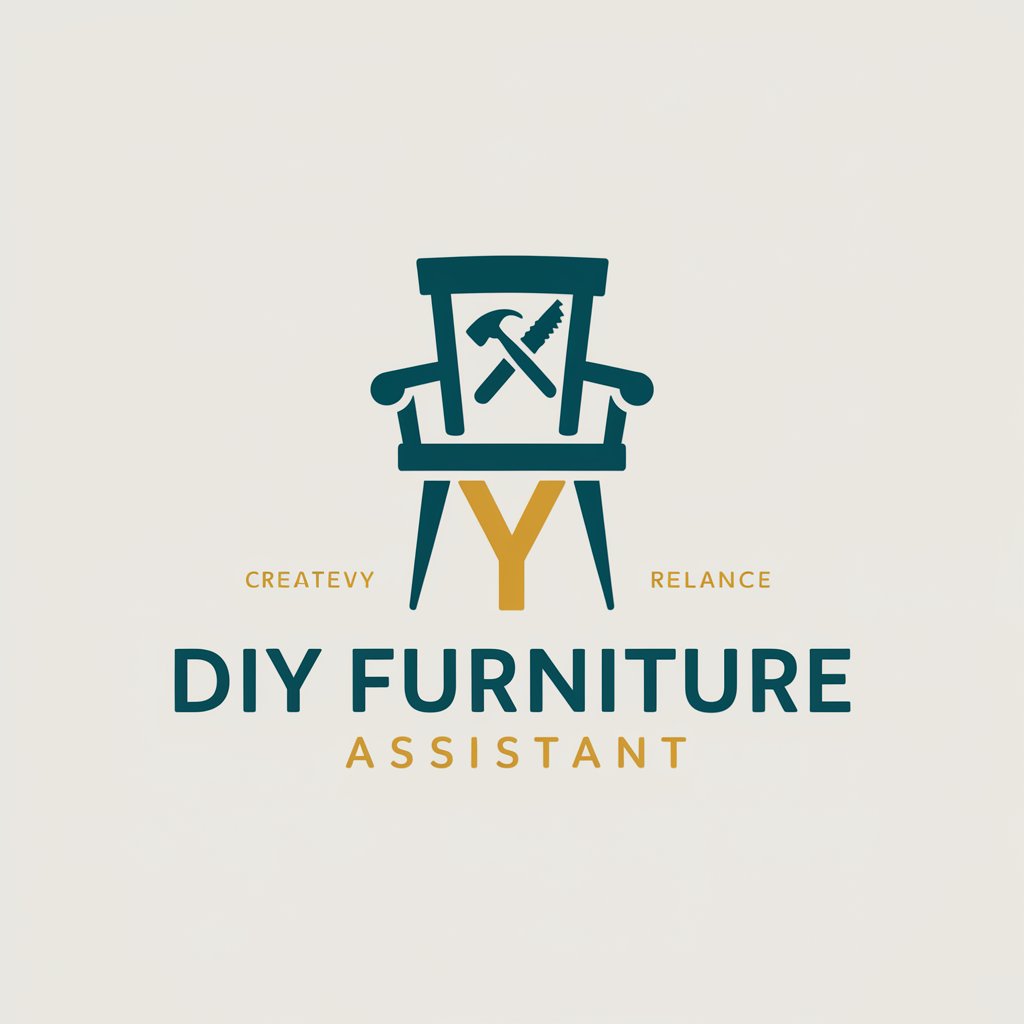
RefTool - PDPA 2010
Empowering Data Protection with AI
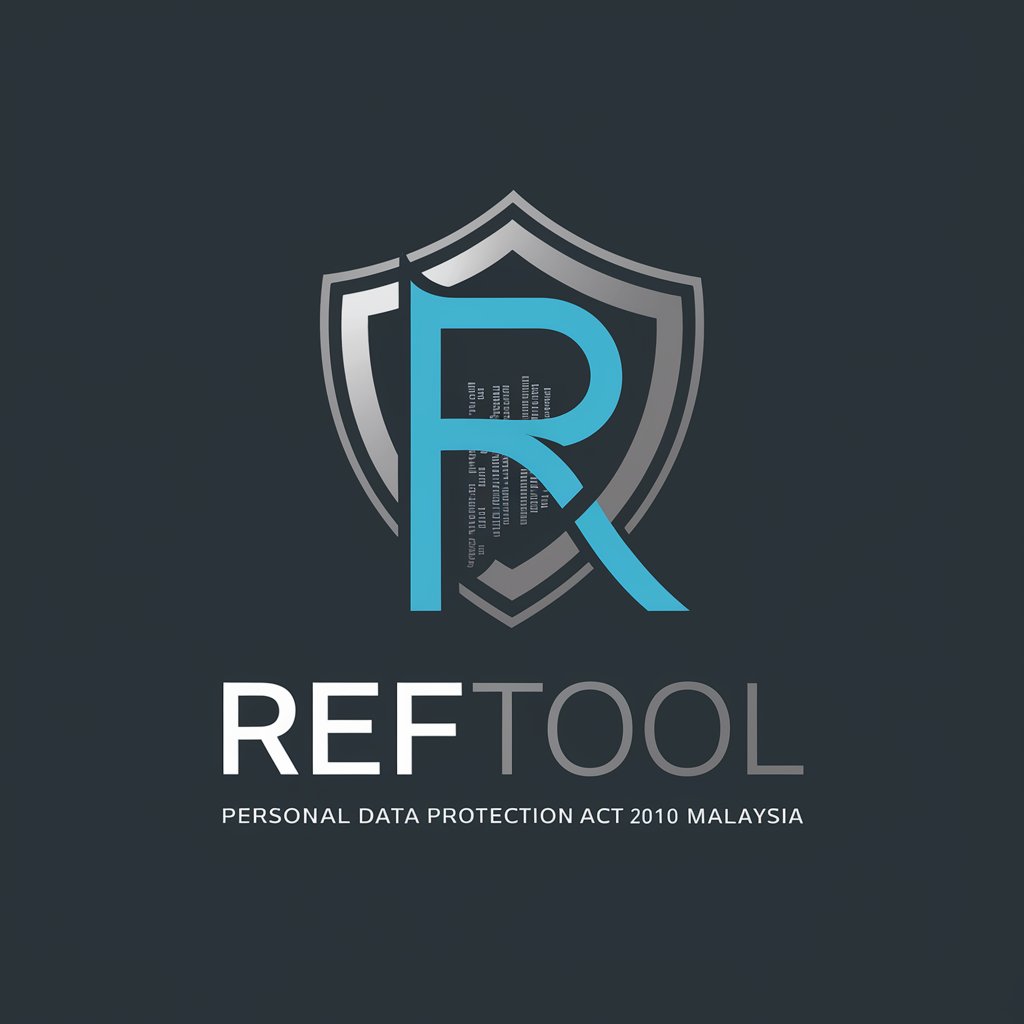
Frequently Asked Questions about Wildlife Conservation Strategist
What kind of conservation strategies can this tool suggest?
The tool offers advice on a wide range of strategies including habitat restoration, species-specific protection measures, anti-poaching efforts, and community-based conservation initiatives.
How can this tool help in solving human-wildlife conflicts?
It provides insights into conflict mitigation strategies such as creating buffer zones, implementing non-lethal deterrents, and fostering community awareness and coexistence programs.
Can this tool assist with conservation project funding?
While it doesn't provide funding, it can guide users towards potential funding sources, grant applications, and how to align projects with donor priorities.
Does this tool stay updated with the latest in conservation research?
Yes, it leverages current research, technologies, and trends in conservation to offer the most relevant and effective strategies.
How does this tool ensure ethical conservation practices?
It emphasizes ethical guidelines, including respect for local communities, adherence to biodiversity laws, and the promotion of sustainable conservation methods.
